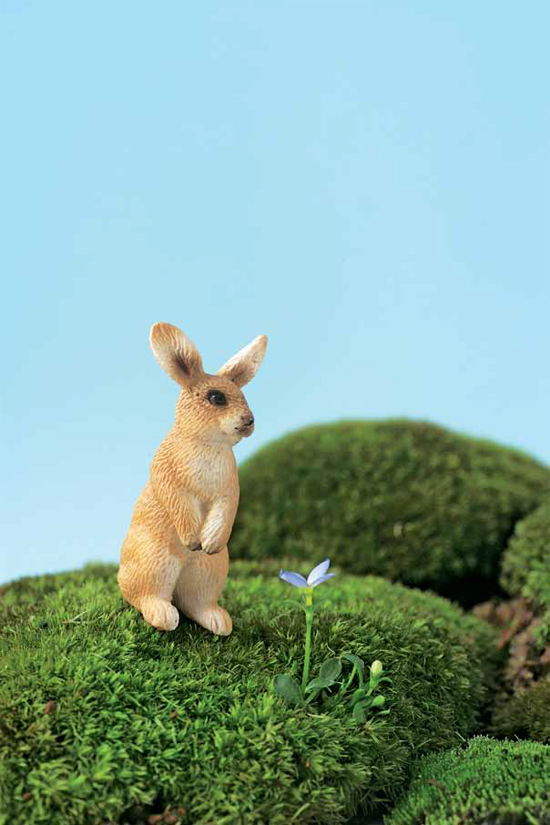Megumi Oshima - Miniature Moss Gardens: Create Your Own Japanese Container Gardens (Bonsai, Kokedama, Terrariums & Dish Gardens)
Here you can read online Megumi Oshima - Miniature Moss Gardens: Create Your Own Japanese Container Gardens (Bonsai, Kokedama, Terrariums & Dish Gardens) full text of the book (entire story) in english for free. Download pdf and epub, get meaning, cover and reviews about this ebook. year: 2017, publisher: Tuttle Publishing, genre: Home and family. Description of the work, (preface) as well as reviews are available. Best literature library LitArk.com created for fans of good reading and offers a wide selection of genres:
Romance novel
Science fiction
Adventure
Detective
Science
History
Home and family
Prose
Art
Politics
Computer
Non-fiction
Religion
Business
Children
Humor
Choose a favorite category and find really read worthwhile books. Enjoy immersion in the world of imagination, feel the emotions of the characters or learn something new for yourself, make an fascinating discovery.
- Book:Miniature Moss Gardens: Create Your Own Japanese Container Gardens (Bonsai, Kokedama, Terrariums & Dish Gardens)
- Author:
- Publisher:Tuttle Publishing
- Genre:
- Year:2017
- Rating:3 / 5
- Favourites:Add to favourites
- Your mark:
Miniature Moss Gardens: Create Your Own Japanese Container Gardens (Bonsai, Kokedama, Terrariums & Dish Gardens): summary, description and annotation
We offer to read an annotation, description, summary or preface (depends on what the author of the book "Miniature Moss Gardens: Create Your Own Japanese Container Gardens (Bonsai, Kokedama, Terrariums & Dish Gardens)" wrote himself). If you haven't found the necessary information about the book — write in the comments, we will try to find it.
Miniature Moss Gardens presents expert advice and techniques from the birthplace of miniature gardeningJapan.
Friendly enough for total beginners and full of ideas and tips that experienced gardeners will love to read about, this moss gardening book brings you information on the following:
- Finding and collecting moss
- Cultivation and maintenance
- Choosing soils and other components
- Designing your garden for visual effect
- Choosing the best plants for your mini garden
- How to make a perfect Kokedama or moss ball
- Enhancing your moss garden with rocks and other elements
- How to make a gorgeous terrarium
- and much more!
A section on finding moss on city streets, parks and mountains opens your eyes to the beauty thats all around you every day! Moss can be gathered to make a complete and perfect miniature gardening world. Let this fun Japanese gardening book set you on the path to a deeply satisfying new way of expressing yourself.
With full-color photographs and step-by-step instructions you will be creating your own Moss Garden in no time!
Megumi Oshima: author's other books
Who wrote Miniature Moss Gardens: Create Your Own Japanese Container Gardens (Bonsai, Kokedama, Terrariums & Dish Gardens)? Find out the surname, the name of the author of the book and a list of all author's works by series.












 Megumi Oshima
Megumi Oshima







 What is Moss? Soft and green, moss is a delightful plant. Properly looked after, it can be with you for years.
What is Moss? Soft and green, moss is a delightful plant. Properly looked after, it can be with you for years.